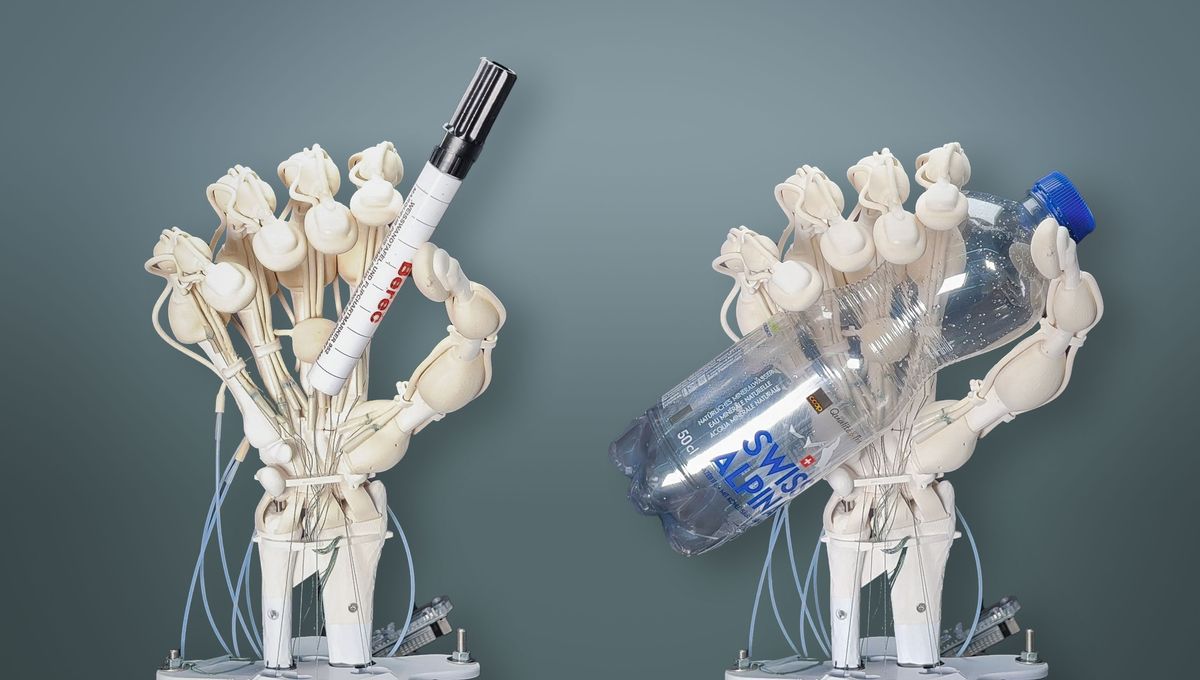Imagine a world where you can have a 3D printer right in your own home. It may have seemed like science fiction not too long ago, but now it’s a reality. The development of this technology has skyrocketed in recent years, allowing people to print all sorts of things, from delicious cakes and vegan fish substitutes to life-saving medical devices and even rockets.
In the past, 3D printing was limited to fast-curing plastics. However, researchers at ETH Zürich and Inkbit have made groundbreaking advancements. They have developed methods that allow for the use of slow-curing plastics, enabling the printing of objects with multiple materials. This means that soft, elastic, and rigid materials can now be combined to create more complex shapes than ever before.
“We wouldn’t have been able to achieve this with the fast-curing plastics we’ve been using,” explained Thomas Buchner, the study’s first author. “Now, with slow-curing thiolene polymers, we have materials with excellent elastic properties that quickly return to their original state after bending.”

Traditional 3D printing involves building up the shape layer by layer. A UV lamp is used to cure the plastic between each layer, and a scraper smooths out any imperfections on the surface. However, this method doesn’t work with slow-curing plastics because they would remain sticky and clog up the scraper.
The team at ETH Zürich and Inkbit found a solution by using lasers to perform a 3D scan of each layer. This allows the machine to adjust for any irregularities, eliminating the need for surface smoothing after each layer.
“A feedback mechanism compensates for these irregularities when printing the next layer by calculating any necessary adjustments to the amount of material to be printed in real time and with pinpoint accuracy,” explained Professor Wojciech Matusik, a co-author of the study from MIT.
One of the exciting applications of this technology is the creation of a robotic hand. Unlike conventional metal robots, soft robots made from materials like the one developed by the team have several advantages. They are less likely to cause injury when working with humans and are better suited for handling fragile objects.
Soft robotics is a rapidly advancing field, with innovations like bringing extinct organisms back to life, creating smart gloves that can play the piano, and building wiggly escape artists that navigate mazes without human assistance. Now, with the advancements in 3D printing, the possibilities for new inventions are endless.

“We have directly fabricated a wide range of complex high-resolution composite systems and robots,” wrote the authors of the study. “Our rapid and versatile manufacturing technology will create new opportunities for scientific investigations, experimental design, complex prototyping, and industrial innovation.”
The study, published in the journal Nature, marks a significant milestone in the field of 3D printing and opens up a world of possibilities for future advancements.








